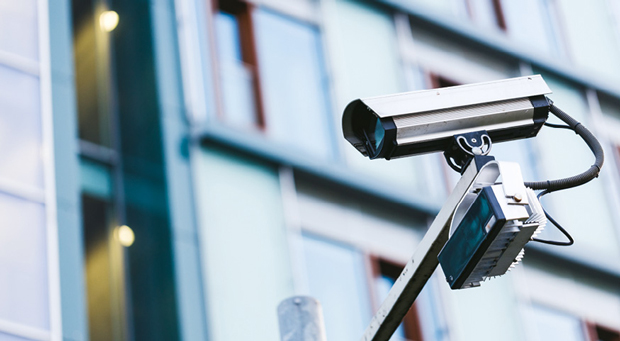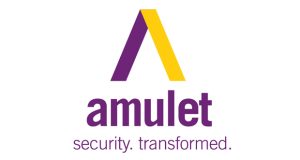OPERATIONAL EVOLUTION
Responding to evolving standards, NSI published an update to its NCP 109 Code of Practice for access control systems in June 2021. This revised Code draws on the Equality Act 2010, British Standard BS 7273-4 for fire protection (activation of release mechanisms for doors) and BS 7671 for electrical installations – all of which are central to safe and well-designed systems.
Facilities managers choosing system providers which comply with the revised Code can benefit from assurance the access control system design will reflect their specific user needs, usability and operating requirements. The latest Issue 3 of NCP 109 embraces new technologies and methods. It covers threat assessment, the determination of higher exposure points, expected people flows, means of escape in the event of a fire or security incident, and assessment of the most suitable type of recognition technology.
The updated Code now references BS EN 60839, which classifies each access point (door, hardware and access components) based on a risk assessment. Additionally, it defines access functions that should be included based on risk levels. For example, for higher risk access points, anti-pass back, door forced alarms and door held open alarms – including the remote notification of emergency release operation.
In practical terms access control systems can be used to protect the main entry point into a facility and other access ways into each building it houses. These can include those used e.g. for daily deliveries, as well as entry points to storage facilities and staff administration/office areas.
Protection can be affected through measures ranging from pin-pad door locks through to card-operated electro-magnetic release mechanisms. This enables staff-only areas to be secured internally, whilst ensuring the safety of staff from external threats and managing the arrival of visitors through a centralised and controlled point.
DATA MANAGEMENT
Access control record-keeping and data security are essential functions for FMs to consider within any site security management ‘envelope’. Typically, ‘log-ins’ and permissions are a point of risk. Fail-safe system controls and procedures can ensure recognition log-ins are up to date, with permissions for staff and contractors given access being added and withdrawn/deleted in a timely fashion – simple yet essential risk management.
Access control systems store personal data that must be held securely, adhering to data protection including General Data Protection Regulation (GDPR) requirements – applicable since 25th May 2018.
CONCLUSION
The successful operation of appropriate, cost efficient and operationally effective access control systems is built on clear collaboration between users, specifiers and installers. Facilities managers can use the latest NSI Code of Practice as a reassuring means of verifying their providers are specifying and installing to the latest standards and best practice, with their competency underlined by independent approval.
By these means, FMs also optimise their aim of ensuring that access control measures over the sites they manage will be capable of adequately meeting future operational challenges and associated risks.





